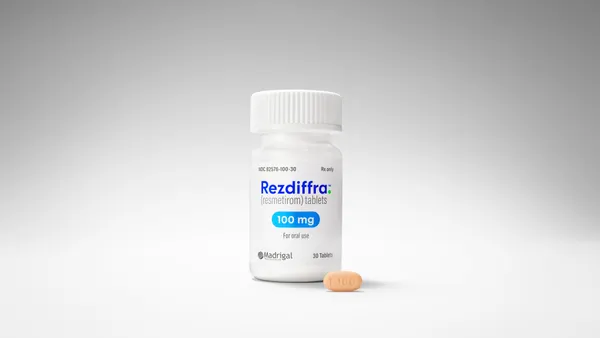A CenterWatch survey says 70% of clinical trials run late, something that has changed little over the years. In response, the clinical trial industry is making better use of metrics that improve feasibility planning and selection of trial sites. Metrics to Improve Trial Feasibility Assessment All clinical trials use inclusion and exclusion criteria, which define the patients who qualify for the trial. A study from the Tufts Center for the Study of Drug Development says the criteria are increasingly complex. On average, there are 23 exclusion criteria in the most recent study period, up from 21. The new count of inclusion criteria is 26, up from 10. Patients must meet all of the criteria, so the increase means that fewer quality patients are eligible for the study. Most pharmaceutical sponsors do not quantify the effect of criteria until they send questionnaires to the potential trial sites. Accurate answers would require each site’s staff to review medical charts, counting only those patients who meet all of the criteria. This takes too much time, so instead sites guess the patient count, and it is usually twice the real number. Insurance claims information offers an objective alternative. When sponsors and CRO staff can rely on a database of private insurance claims to see how many patients really exist, starting with the national number of patients who have a general diagnosis code, then they can calculate the percentage of patients lost from each specification. For instance, at least 40% of diabetics have high blood pressure, potentially excluding them from a study. Having this information, the sponsor can then relax a criteria that eliminates too many patients. Upon further analysis, having the net count of patients when all the criteria are applied together supports better planning. If the net patient count is low, the sponsor can add more sites or continue advertising. Metrics for Site Selection Site performance is very uneven. A McKinsey study says the top-performing 30% of sites enroll 70% of the total patients. The trick is identifying high performers in advance. Fortunately, metrics offer a way to predict success, and the best ones use disease prevalence. In my last PharmaVIEW article, I stated that sites should be located in high-prevalence zones, which is a “fish where the fish are" philosophy. The new idea is to go inside the walls of individual investigators to see if the specific practices have the patients. Using insurance claims and a national database of all known investigators, the analyst can put investigators onto a list, in rank order, according to the patient count at each location. The count is the patients that match all the criteria. Other metrics can also predict success. These include the number of trials an investigator has completed in the past five years and how recently the investigator last worked. If you are designing trials and hiring sites, it is time to improve the planning with the available metrics. The industry has the tools at hand to solve the problems of trial delay. n Metrics Predict Success for Clinical Trials Proof that the Metrics Work: A Case Study A recent i3 study was for a leading chronic condition in 2008, at 232 investigator sites. It looked for highly successful clinical trial investigators, who randomized and retained at least two times more patients than the median for the study. The most important predictive metric was the percentage of each investigator’s patients who matched all the trial criteria. The percentage was low, medium, or high. “High" was a 6% match. The graph shows the percentage of highly successful investigators for each group. As the percentage of matching patients increased, so did the percentage of investigators who were highly successful. The correlation was statistically significant. This same study showed that the investigator’s number of prior trials was predictive. i3 Pharma Informatics It is time to improve planning, designing trials, and hiring sites with the available metrics. The industry has the tools at hand to solve the problems of trial delay. Bill Gwinn, Vice President, Clinical Informatics Note: The group rated “high" by i3 had many more highly successful investigators, who were those who randomized and retained the most patients. i3 Pharma informatics, a data, science, and technology provider of market analytics, is a global Ingenix company that provides integrated scientific strategies and solutions throughout the pharmaceutical product lifecycle. For more information, visit i3global.com.
An article from


Metrics Predict Success for Clinical Trials
Filed Under:
Research & Development








